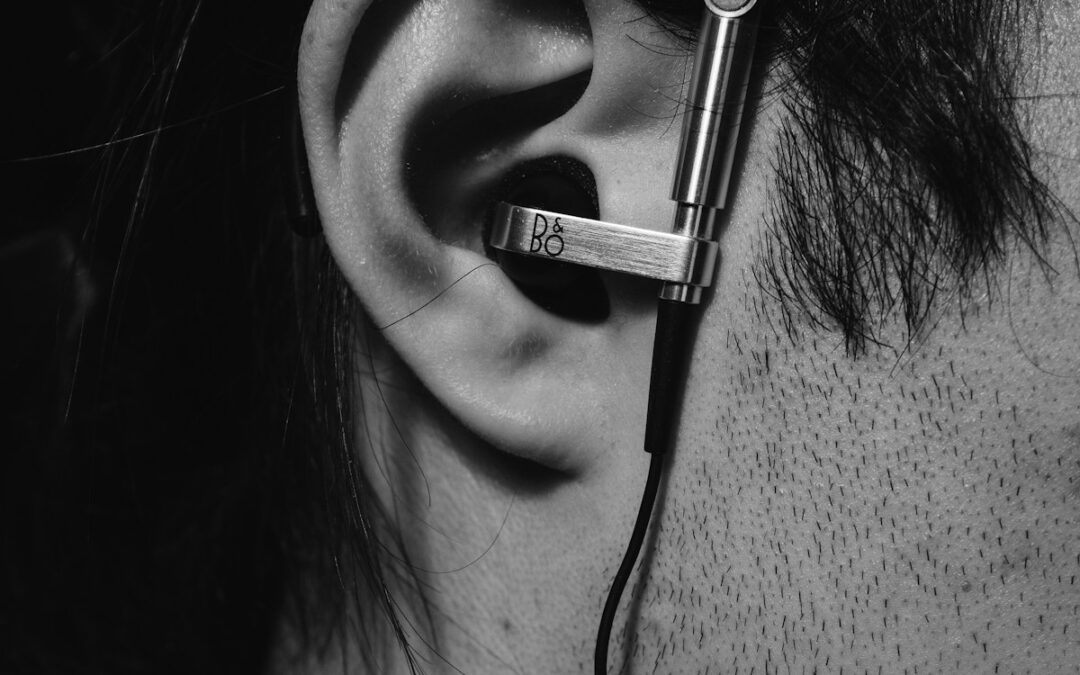The Evolution of Identification Methods
In the realm of biometric authentication, ear identification is emerging as a promising and increasingly common method for verifying individual identity. With advancements in technology, businesses are exploring new avenues to enhance security while improving user experience. Traditionally, fingerprint and facial recognition have dominated the biometric landscape, but ear identification offers distinct advantages, particularly in scenarios where other methods may be less feasible or effective. By leveraging the unique characteristics of the ear, such as its shape and structure, businesses can achieve heightened levels of accuracy and reliability in authentication processes, thereby fortifying their defenses against unauthorized access and fraud.
Benefits for Business Security
Ear identification holds significant implications for businesses across various industries, especially in sectors where security is paramount, such as finance, healthcare, and government. Unlike passwords or PINs, which can be forgotten, stolen, or shared, ear identification provides a highly secure and non-intrusive means of authentication. Furthermore, as businesses increasingly operate in digital environments and leverage cloud-based services, the need for robust identity verification mechanisms becomes even more pressing. Ear identification offers a seamless and convenient solution, enabling users to access systems and data with confidence, while minimizing the risk of security breaches and data loss. Moreover, by incorporating ear identification into their security protocols, businesses can demonstrate their commitment to safeguarding sensitive information and upholding regulatory compliance standards.
Implementation Challenges and Considerations
Despite its potential benefits, the adoption of ear identification technology may present certain challenges for businesses. One of the primary concerns is the need for specialized hardware and software infrastructure to support this authentication method. While many modern smartphones and devices are equipped with biometric sensors for fingerprint and facial recognition, ear identification requires additional capabilities that may not be readily available. Therefore, organizations must assess the feasibility and cost-effectiveness of integrating ear identification into their existing systems, taking into account factors such as compatibility, scalability, and user acceptance.
Moreover, privacy and data security considerations are paramount when implementing any biometric authentication solution, including ear identification. Businesses must adhere to stringent data protection regulations and ensure that sensitive biometric data is handled responsibly and ethically. This includes implementing robust encryption protocols, anonymizing biometric templates, and obtaining explicit consent from users before collecting and storing their biometric information. By prioritizing privacy and security in the design and deployment of ear identification systems, businesses can build trust with their customers and stakeholders while mitigating the risk of potential legal and reputational consequences.
The Future of Biometric Authentication
Looking ahead, the future of biometric authentication, including ear identification, holds tremendous promise for businesses seeking to enhance security and streamline user experiences. As technology continues to evolve, we can expect to see further advancements in biometric algorithms, sensor technologies, and user interfaces, making authentication processes more seamless, accurate, and reliable than ever before. Additionally, the integration of artificial intelligence and machine learning capabilities will enable biometric systems to adapt and learn from user behavior over time, further enhancing their effectiveness and usability. With the growing demand for secure and convenient authentication solutions in an increasingly digital world, ear identification is poised to play a central role in shaping the future of business security and identity management.
Applications Across Industries
The versatility of ear identification extends beyond traditional security measures, with potential applications across various industries. In healthcare, for instance, biometric ear recognition can enhance patient safety and streamline access to medical records, ensuring that only authorized personnel can access sensitive information. Similarly, in the financial sector, ear identification can bolster fraud prevention efforts by providing an additional layer of authentication for online banking transactions and account access. Moreover, in retail and hospitality settings, businesses can leverage ear identification technology to personalize customer experiences, offering tailored recommendations and services based on individual preferences and purchase history. By harnessing the power of ear identification across diverse sectors, organizations can unlock new opportunities for innovation, efficiency, and customer engagement.
#EarIdentification #BiometricAuthentication #BusinessSecurity #DataProtection #DigitalTransformation #IdentityVerification #Cybersecurity #Innovation #TechnologyIntegration #UAE #SaudiArabia #Riyadh #Dubai

